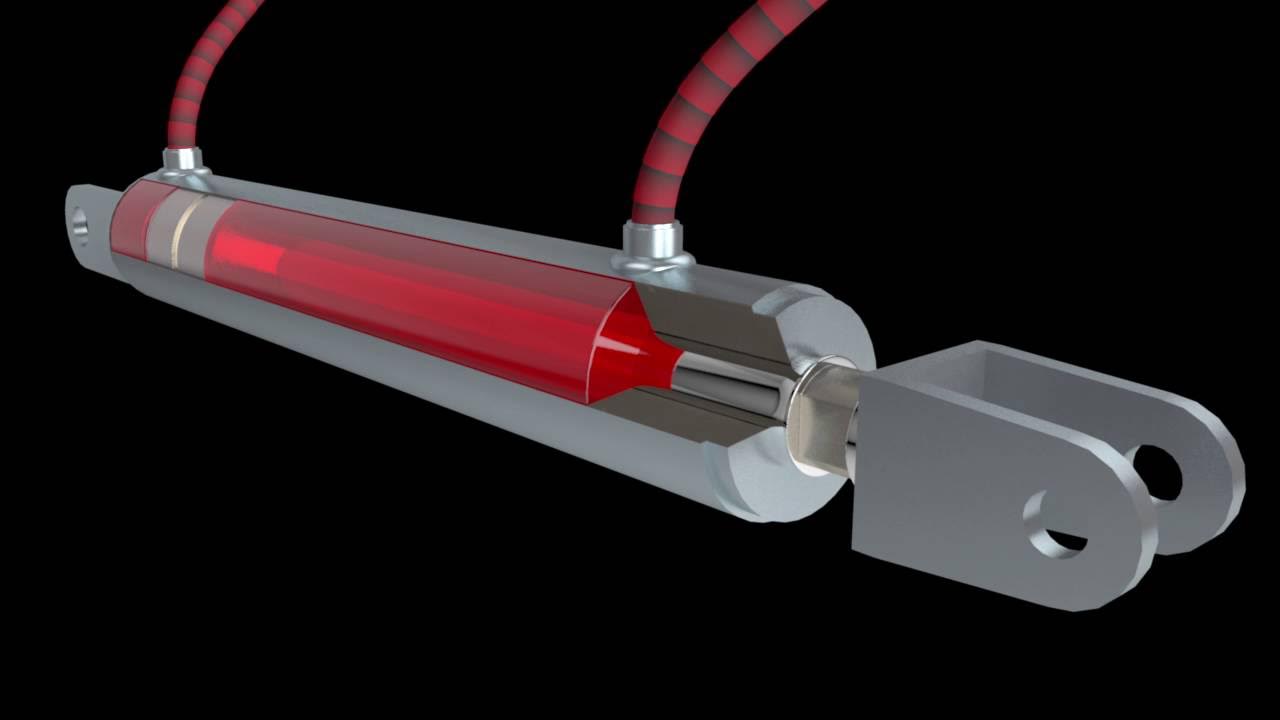Components & Brake Kinetic Energy - Aircraft Brakes - Airframes & Aircraft Systems #24
Summary
TLDRThis lesson delves into the intricacies of aircraft parking brakes and hydraulic braking systems. It explains how the parking brake operates, requiring hydraulic power and a lever mechanism to apply pressure. The script also covers the brake kinetic energy graph, crucial for assessing energy absorption post-braking events, and the brake temperature indicating system, which monitors heat generated during braking. The lesson highlights the importance of correct braking techniques, including the use of anti-skid brakes, spoilers, and reverse thrust, for safe landings on limited runways.
Takeaways
- 🅿️ The parking brake is a hydraulic system used to maintain pressure at the brakes when the aircraft is parked without chocks.
- 🔧 The parking brake lever is spring-loaded to the off position and is engaged by pulling the lever while holding down the foot pedals.
- 🔐 An electrical switch connected to the parking brake lever prevents fluid bleeding away from the brakes when the lever is engaged.
- 💧 A fully charged brake accumulator can hold the brakes fully on overnight, but the capacity varies depending on the aircraft.
- 🔄 Shuttle valves in the hydraulic system allow the highest pressure from either the manual or auto brake system to supply the brakes.
- 🛑 The anti-skid system modulates brake pressure to prevent wheel skidding, using speed tranches to sense incipient skids and adjust pressure accordingly.
- ⚙️ The brake kinetic energy graph helps pilots determine the amount of energy absorbed during braking, which is crucial for decision-making after high-energy events like aborted takeoffs.
- ⚠️ Brake temperature indicators are essential for monitoring the health of the brake system, with different color codes indicating the temperature status of the brakes.
- 📊 The brake kinetic energy graph is divided into normal, caution, and danger zones, with specific actions and precautions associated with each zone.
- 🛫 Proper landing techniques, including correct approach speed and touchdown, are crucial for a safe stop, especially when combined with anti-skid braking, ground spoilers, and reverse thrust.
Q & A
What is the primary function of the parking brake in an aircraft?
-The parking brake is used to maintain pressure at the brakes when the aircraft is parked without chocks.
How is the parking brake applied in an aircraft?
-The parking brake is applied by depressing the foot pedals and then pulling the parking brake lever while holding the lever in position, which releases the pedals and locks the lever in the engaged position, thus applying full pressure to the brakes.
What is unique about the parking brake system in aircraft compared to cars?
-Unlike cars, the aircraft parking brake requires hydraulic power to apply and hold the brakes. It is not a simple mechanical device like the handbrake found in cars.
How does the electrical switch connected to the parking brake lever function?
-When the parking brake lever is engaged, the electrical switch operates, closing a valve in the anti-skid system return line, preventing fluid from bleeding away from the brakes.
What is the role of the brake accumulator in the aircraft's braking system?
-The brake accumulator maintains pressure to the brake system when both normal and alternate hydraulic sources are unavailable. It ensures that the brakes can be held fully on overnight or stop the aircraft from high speeds, depending on the system design.
What does the brake kinetic energy graph represent and how is it used?
-The brake kinetic energy graph indicates the amount of kinetic energy absorbed during braking, which is represented in millions of foot-pounds. It is used to determine the amount of energy absorbed and to guide decisions regarding precautions and actions to be taken after significant braking events like aborted takeoffs or landings.
How does the anti-skid system in aircraft work?
-The anti-skid system senses impending wheel skidding and modulates the brake pressure accordingly. When skidding is detected, it commands the respective anti-skid valve to release the brake pressure and then apply reduced pressure to prevent further skidding.
What is the purpose of the brake temperature indicating system?
-The brake temperature indicating system monitors the temperature of each individual wheel's brakes and alerts the crew if the temperature exceeds predetermined levels, indicated by an amber or red light, helping to prevent brake overheating and failure.
How does the shuttle valve system between manual and auto brake systems function?
-The shuttle valves move to allow the system supplying the highest pressure, whether manual or auto, to supply the brakes. This ensures that the brakes receive the maximum available hydraulic pressure for effective braking.
What actions should a pilot take to ensure a safe stop on a limiting runway?
-A pilot should use correct approach speed, touch down at the correct place on the runway, apply anti-skid braking immediately after touchdown, deploy ground spoilers promptly, and select reverse thrust without delay to ensure a safe stop.
Outlines

このセクションは有料ユーザー限定です。 アクセスするには、アップグレードをお願いします。
今すぐアップグレードMindmap

このセクションは有料ユーザー限定です。 アクセスするには、アップグレードをお願いします。
今すぐアップグレードKeywords

このセクションは有料ユーザー限定です。 アクセスするには、アップグレードをお願いします。
今すぐアップグレードHighlights

このセクションは有料ユーザー限定です。 アクセスするには、アップグレードをお願いします。
今すぐアップグレードTranscripts

このセクションは有料ユーザー限定です。 アクセスするには、アップグレードをお願いします。
今すぐアップグレード関連動画をさらに表示

Brake Apply System [service Brake & Parking Brake]

Construction & System Operation - Aircraft Brakes - Airframes & Aircraft Systems #22

Pressure Control - Hydraulics - Airframes & Aircraft Systems #10

Aircraft Systems - 07 - Hydraulic System

Rem Blong, Ternyata Ini Biang Keroknya

Sistem Rem Mobil | Toyota Brake System Simulator: Komponen, Fungsi, dan Cara Kerja
5.0 / 5 (0 votes)
